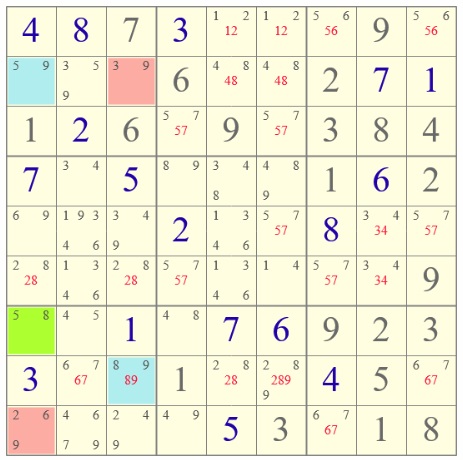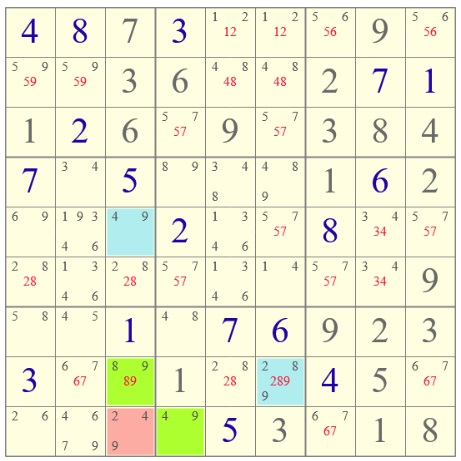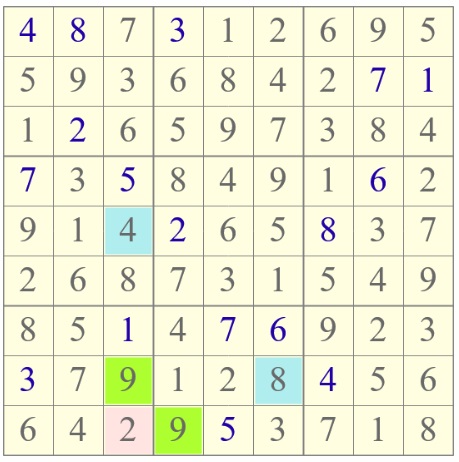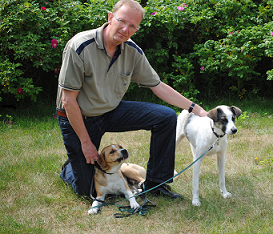I am Frank Alleman and I live in Limmen in the region of Amsterdam. I have build up my ICT knowledge and experience during the last 42 years in many roles, from programmer to enterprise architect and lecturer. At the moment I am retired, so I have plenty of time to maintain this site and doing other things like walking with the dogs, biking, playing golf, cooking and playing guitar.
If you have any questions about UML or Sudoku's, please send me a mail or use the form.
Contact data
Telephone: +316 52014226
Email: This email address is being protected from spambots. You need JavaScript enabled to view it.
A use case is a little piece of functionality the system (the app) has to offer. A flow in a short use case outline can be considered as a SCRUM user story, so they complement each other perfectly.
| Use Case | Solve sudoku |
| Actor | Sudoku player who wants to learn and practice advanced solving techniques |
| Goal | Solve a difficult sudoku puzzle |
| Basic Flow |
|
| Alternative Flows |
|
To clarify a use case you might use prototyping. The following screen shots show how the app has to work.
| Situating after loading a puzzle: | Situation after applying basic logic: | Situation after apply solving technique XY-Wing: | Situation after apply solving technique W-Wing followed by again applying basic logic |
 |
 |
 |
 |
Object Orientation, shortly OO, is an object centric system development approach. An object can be a high level object, like for instance a business unit, or a low level object like for instance a character string. Each noun can be considered as an object.
An object contains data attributes, but an object also contains so called "behavior". In other words, an Object Knows things and an object can do things. The latter you can express as functions. Within the workshop the participants learn how to identify relevant objects and how objects have to collaborate to realize a function.
Upon completion of the workshop, the partipant:
- understands that an object encapsulates data atributes and functions
- understands that an object knows things and an object can do things
- understands that an object is owner of its data
- understands that objects have to collaborate to realize a function
- understands how to interpret a UML class diagram
- understands how to interpret a UML sequence diagram
- understands how to interpret a UML state transition diagram
- understands how to identify relevant objects
- understands that a use case step can be worked out with a UML sequence diagram
- understands that a UML class diagram can be erriched with additional data atributes and functions
- understands that a UML class diagram evolves gradually to a detailed system specification
- can participate in a business modeling workshop to improve business processes
Page 4 of 5


